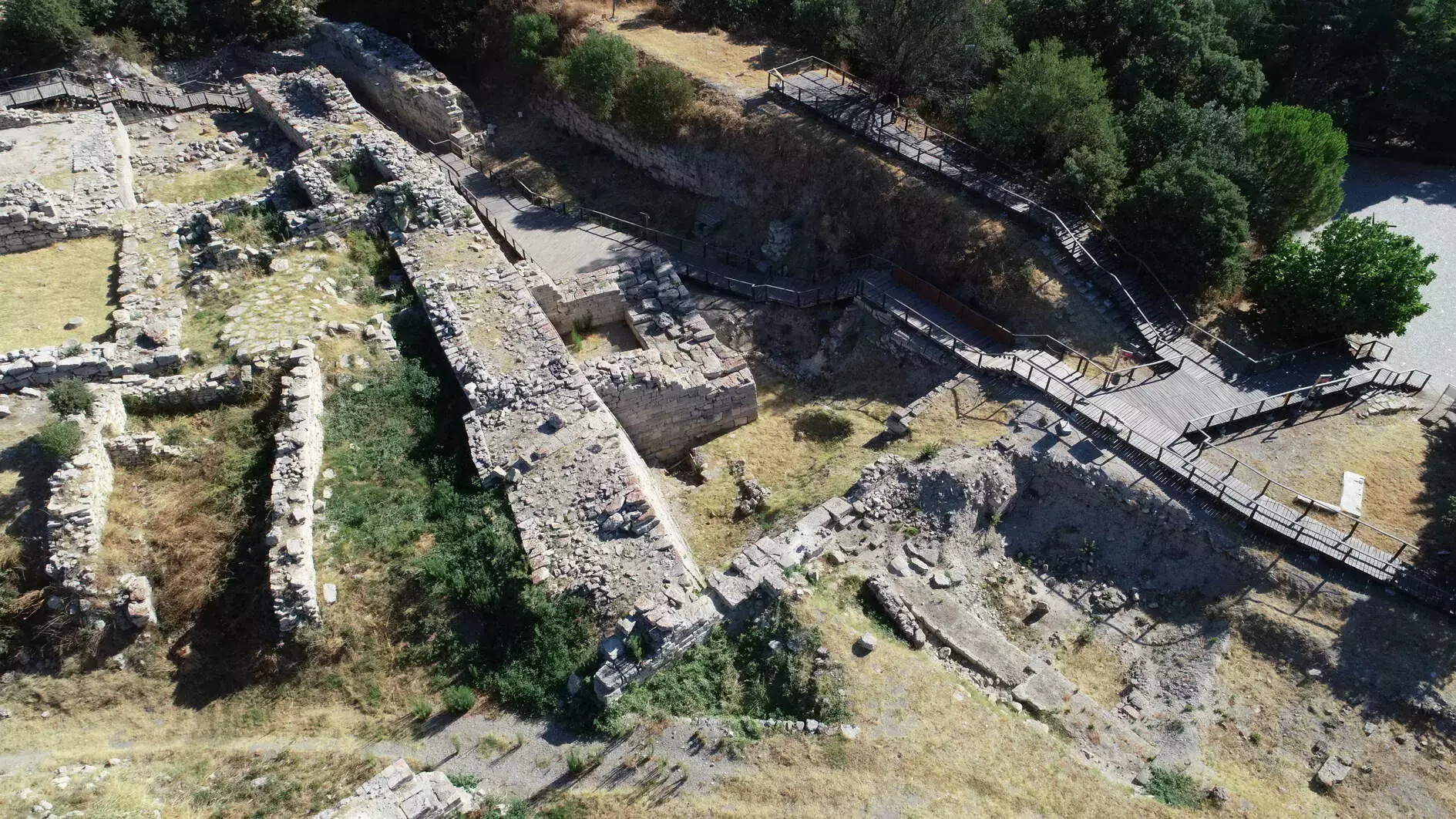The restoration of a nearly 2,800-year-old water cistern from the Urartu period, discovered within Harput Castle in Türkiye’s eastern Anatolia region, has been successfully completed.
Located in Elazığ province, Harput Castle has been the focus of archaeological excavation and restoration projects since 2004. These efforts aim to uncover and preserve the artifacts and structures from its rich history.
Harput Castle, with origins dating back to 3000 B.C., was later fortified by the Urartu Kingdom. It is situated in the historic Harput neighborhood, which is listed on the UNESCO World Heritage Tentative List.
Recently, the restoration of the second water cistern, which features 52 steps and is located within the castle, was finalized. This follows the earlier restoration in 2021 of the first Urartu-period cistern, which has 112 steps and is now open to tourists.
The second cistern, approximately 4.5 meters (14.7 feet) in diameter, descends 30 meters (98.4 feet) into the earth, expertly carved from natural rock. İsmail Aytaç, who oversees the excavations at Harput Castle, told Anadolu Agency that the cistern will welcome visitors once the access road is completed.
Aytaç emphasized the significant historical and touristic value of these large, rock-carved cisterns, which are accessible by steps. The first cistern, linked to a legend as the dungeon where a Crusader king was imprisoned during the Seljuk period, was restored and opened to visitors in previous years.
“The restoration of the second stepped water cistern has recently been completed,” Aytaç said. “Carved into natural rock, it measures 4 meters in diameter and extends 30 meters down with 52 steps.”
He noted that these cisterns, which have been used over the centuries for water supply and later for food storage when water levels were low, are approximately 2,800 years old. The second cistern is one of the most significant and largest of its kind in Türkiye.
Highlighting the goal of sharing this piece of history with the public, Aytaç stated, “We want visitors to gain insight into the region’s history by opening the cistern to them.”







